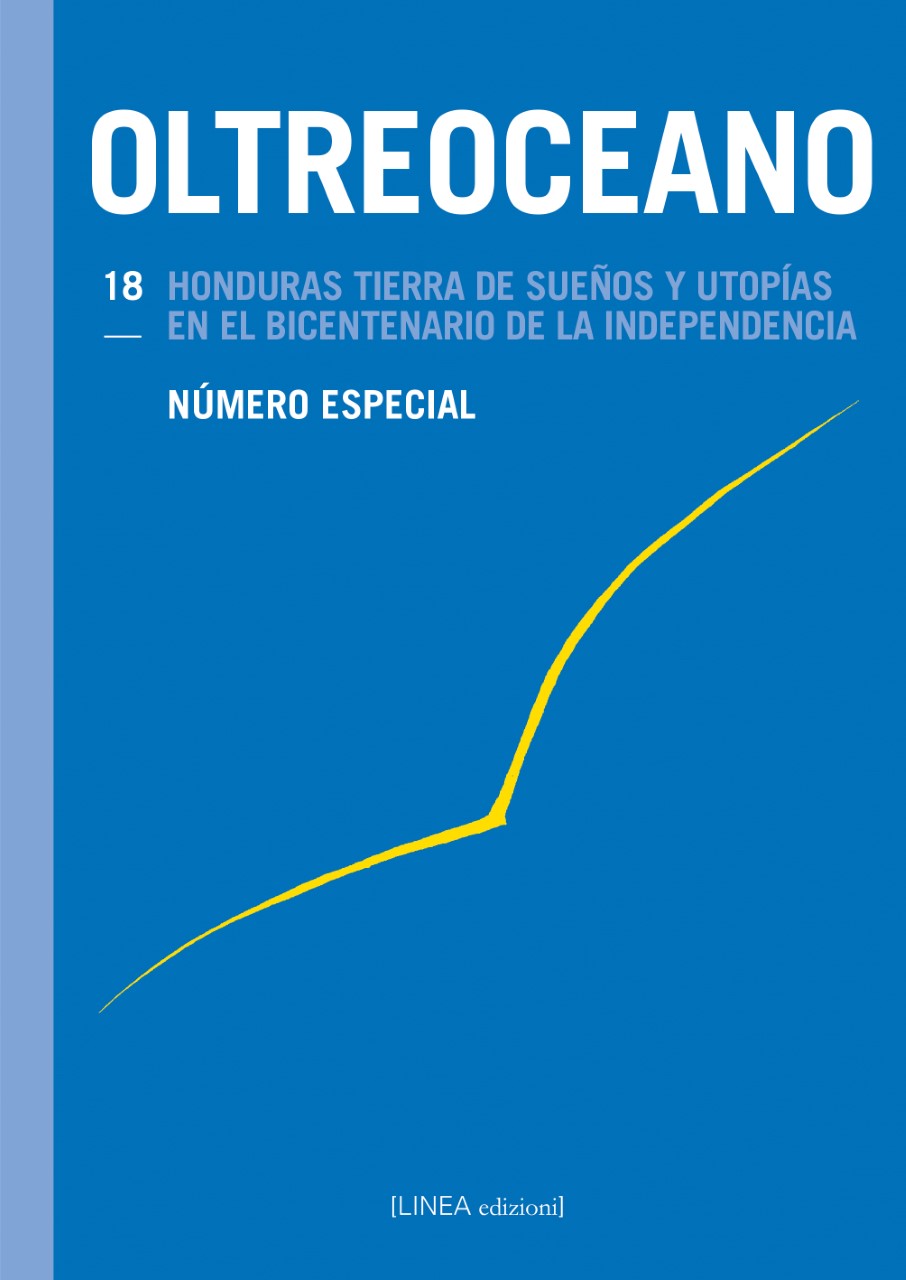Los lugares del terror
Keywords:
lugares de construcción, terror, poder, desequilibrioAbstract
Estas narraciones aluden al miedo, a lo abyecto, a lo terrible, y sus lugares de construcción. También, a lugares, espacios – tiempos del mundo de “lo privado” y lo público, que funcionan como fábricas del horror; la mente, la casa, la familia, la escuela, instancias donde suele existir relaciones de poder desequilibradas que tarde o temprano buscarán un cauce. No tienen mayor pretensión que hablar de las sombras que nos cobijan universalmente y nos recuerdan que nada de lo que suceda nos es ajeno o aséptico.
The places of terror
These stories allude to fear and the places in which dreadful, abject and terrible things are construed. They also allude to spatial-temporal places of both the public and private world which function as factories of horror: the mind, the home, the family and school are all places distinguished by unbalanced power relations that will try to break out sooner or later. They have no greater claim than to speak of the shadows that universally shelter us and remind us that nothing that happens is alien or aseptic to us.
Downloads
Downloads
Published
How to Cite
Issue
Section
License

This work is licensed under a Creative Commons Attribution-NonCommercial-ShareAlike 4.0 International License.
The authors undertake to comply with the following conditions, which are considered accepted at the time of submission of their contributions.
The sending of a text implies that it is unpublished and not submitted to be published elsewhere.
1. If accepted, the author shall confer on the publisher the right to publish and distribute it both in paper form and in the online electronic edition. The published articles will be downloadable and made available in open access.
2. Provided that it correctly indicates that the first publication took place in the journal Oltreoceano. Rivista sulle migrazioni the author has the right to: a) reproduce the article in separate extracts or collected in a volume; b) publish the article on their personal website or teaching site provided that these sites are of a non-commercial nature; c) deposit the article in online archives of a non-commercial nature, linked to the institution they belong to or as part of projects for the non-commercial dissemination and open access of scientific works.
The use of contributions by third parties, for commercial or otherwise unauthorized purposes, is not allowed. The publisher declines all responsibility for the unauthorized use of the material published in the journal.












